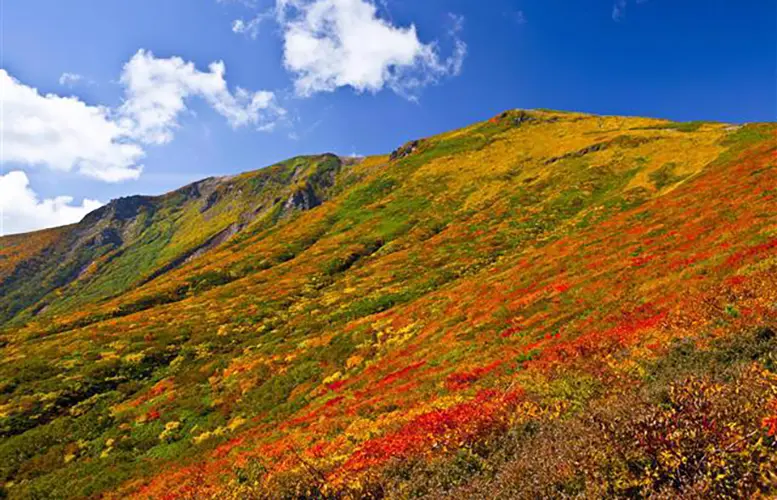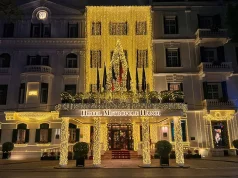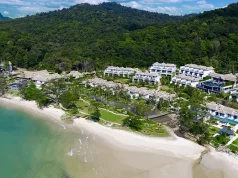The heart of Japanese culture is best experienced beyond the cities in quiet countryside villages, steeped in culture and the serenity of breathtaking scenery. Here are five beautiful off-the-beaten-path, must-see villages that charm and disarm; where beauty and authenticity await visitors who search out the lesser-traveled gems of Japan.
Ine, Kyoto

The coast that runs along the Japan Sea is a majestic rocky escarpment, dotted with remote inlets of sandy beach coves, and one the most distinctly picturesque villages in all of Japan: Ine. Nestled in northern Kyoto, Ine is a small fishing village lined with 230 funaya, wooden boat houses that serve as both a garage to dock a boat, and a home for the fisherman. Stay overnight here in one of the guest houses above the water, and enjoy guided sea taxi service, fishing for your daily catch, feeding sea hawks by hand, dining on the freshest seafood and soaking in an onsen bath!
Kamijima, Ehime

Between Hiroshima and Shikoku lies the Shimanami Kaido bridge, Japan’s best cycling route, which stretches 60km over six islands. Travelers, on foot and by bicycle, can enjoy the beautiful scenery of the Seto Inland Sea and the charm of small islands and towns along the way, including Kamijima, an archipelago of 25 small islands, 7 of which are inhabited. Here, visitors can park their bikes and stay in centuries-old Japanese-style houses. Charter a small boat to enjoy a private oyster lunch. Sample a vast range of citrus fruits that flourish in the orchards and are infused into the local cuisine, like lemon pork and orange-fed wagyu beef. An immersion into this serene and beautiful environment is like poetry.
Higashinaruse, Akita

Tucked into the Kurikoma Mountain Range, Higashinaruse Village is called the “home of the mountain hermit.” Aspiring monks gravitate here for spiritual training, zazen and waterfall meditation. Nature lovers also descend on this lush green village as a base for hiking through forest-covered mountains, streams, lakes and waterfalls. Pristine waters make this a haven for anglers fishing for char. It is also a wellness retreat for those seeking onsen in remote nature, renowned for starry skies with a profusion of dancing fireflies on summer nights.
Tsurui, Hokkaido

In the northeast of Hokkaido lies a different world, one known for conservation of natural habitats and a rich history of dairy farming. The vast landscape is like a great palette of vibrant colours across the seasons. Visitors to Tsurui can stay in cozy cottages and enjoy cheese-making workshops, as well as see and feed the revered red-crowned cranes, made popular through origami as a symbol of peace and good luck. Amidst a variety of wildlife like deer and fox, these storied cranes thrive in the Tsurui Ito Tancho Crane Sanctuary and the nearby Kushiro Wetland.
Taketomi, Okinawa

Dirt roads lined with coral walls lead to quiet white sand beaches in Taketomi. Ox-drawn carriages slowly taxi visitors across the labyrinthine town and between villas of traditional Ryukyuan architecture. All is quiet and calm, and there is a faint sound of snake-skin sanshin guitar playing in the distance. The local cuisine is rooted in the natural resources of the islands, as well as good health and well-being. This is a diver’s paradise. In addition to the clear azure waters and kaleidoscope of colours from the coral reef, the water is warm, particularly near the Taketomi Submarine Hot Spring that vents hot water from the ocean floor. Japanese celebrities seek this tropical getaway for seclusion and relaxation.
These beautiful must-see villages offer all the ingredients for restorative experiences that are both authentic and unique to rural Japan.





